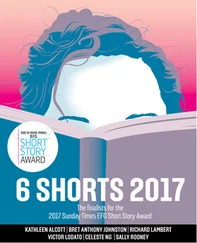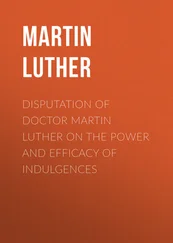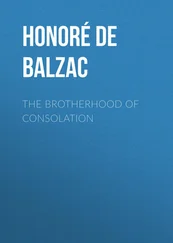STEPHEN KNIGHT
The Brotherhood
The Secret World of the Freemasons
With a new foreword by
MARTIN SHORT
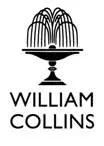
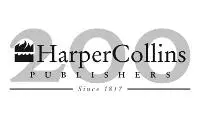 Copyright
Copyright
William Collins
An imprint of HarperCollins Publishers Ltd. 1 London Bridge Street London SE1 9GF
www.harpercollins.co.uk
This edition published by Harper Perennial 2007
First published in Great Britain by Granada Publishing 1983
Copyright © Stephen Knight 1983
Foreword © Martin Short 2007
Stephen Knight asserts the moral right
to be identified as the author of this work
A catalogue record for this book
is available from the British Library
All rights reserved under International and Pan-American Copyright Conventions. By payment of the required fees, you have been granted the non-exclusive, non-transferable right to access and read the text of this ebook on-screen. No part of this text may be reproduced, transmitted, down-loaded, decompiled, reverse engineered, or stored in or introduced into any information storage and retrieval system, in any form or by any means, whether electronic or mechanical, now known or hereinafter invented, without the express written permission of HarperCollins ebooks
HarperCollins Publishers has made every reasonable effort to ensure that any picture content and written content in this ebook has been included or removed in accordance with the contractual and technological constraints in operation at the time of publication
Source ISBN: 9780007246298
Ebook Edition © AUGUST 2010 ISBN: 9780007370726
Version: 2017-05-02
For Ma and Pa , with love
Cover
Title Page
Copyright
Dedication
Foreword by Martin Short
Prologue
PART ONE: WORKERS’ GUILD TO SECRET SOCIETY
1 Origins
2 Metamorphosis
3 Schism and Reunion
4 Across the Seas and Down the Centuries
5 The Thirty-Third Degree
PART TWO: THE POLICE
6 The Great Debate
7 The Men at the Top
8 Worshipful Masters of Conspiracy
9 Operation Countryman
10 The Brotherhood Misjudged
11 Birmingham City Police
12 Conclusion
PART THREE: INSIDE INFORMATION
13 The Rabbi’s Tale
14 Five Masters and a Lewis
15 Jobs For the Brethren?
16 The Dissidents
PART FOUR: THE LAW
17 The System
18 The Two-Edged Sword
19 The Mason Poisoner
20 Barristers and Judges
21 Solicitors
PART FIVE: POWERS TEMPORAL AND SPIRITUAL
22 Government
23 The Highest in the Land
24 The City of London
25 The Devil in Disguise?
PART SIX: THE KGB CONNECTION
26 The Italian Crisis
27 The Chinaman Report
28 The Threat to Britain
Epilogue
Appendix One
Appendix Two
Appendix Three
Further Reading
Index
Acknowledgements
About the Author
Also by the Author
About the Publisher
As the author of the sequel to The Brotherhood , I am proud to be mistaken sometimes for Stephen Knight. This honour has its drawbacks. Recently I came across a Masonic website revealing that in 2004 the Grand Master of the United Grand Lodge of England (otherwise known as the Duke of Kent) received a letter from a non-Mason containing these words:
I admire your decision in 2003 not to ‘cut the throats’ of your members who disclose the Masonic secrets, although this did not help Martin Short (author of Inside the Brotherhood) who unfortunately died of a brain tumour as reported in the press, even though we both know ‘you’ authorised his murder as well as hundreds of other innocent people’s.
Reports of my death are exaggerated but for Stephen Knight they are true to this extent: he did die of a brain tumour in 1985, a little over a year after his explosive exposure of Freemasonry was published.
Four years later, in Inside the Brotherhood , I gave a detailed account of his death, so readers could decide for themselves if he had died from natural causes or a Masonic conspiracy, as was widely rumoured at the time. For some people this remains a matter of intense curiosity. I have learned nothing since to alter what I said then: His troubles began in 1977 when he had an epileptic fit. He had a brain scan which was interpreted as revealing a ‘cerebral infarct’: a small dead area of the brain which might have been caused many years earlier when he had been accidentally hit with a cricket bat. This condition is not necessarily dangerous but it might have been the cause of the epilepsy. In the next three years Stephen suffered many epileptic attacks until they were striking every six weeks.
He had been told to have another scan but did not have £100 to pay for it. However, in 1980 he spotted a newspaper advertisement for guinea-pigs to help with a BBC Horizon programme on epilepsy. He volunteered and was tested on a new brain-scan machine which revealed a cerebral tumour: a malignant cancer which, if untreated, would certainly kill him. Horizon captured this awful moment on film. With Stephen’s full accord his fight for survival now became the programme’s main theme. He promptly underwent a biopsy which removed 70 per cent of the tumour. He was told the rest could be treated with radiation and he had a good chance of full recovery. The epilepsy ceased. Stephen took this to mean the illness was over, and got on with the rest of his life. When I met him in 1981 he was recovering well physically and was in good mental form.
The Brotherhood was published in 1983, but by then the epilepsy had returned. Within six months the tumour also recurred but this time it was much more aggressive. With X-ray treatment and chemotherapy it regressed, but at this point Stephen decided to drop chemotherapy in favour of ‘alternative’, non-medical therapies. His specialist told him he thought this was unwise but the patient’s wish prevailed. A few months later another test showed that the tumour was out of control. Stephen was now walking with difficulty. His speech became hesitant and his ability to muster thoughts was seriously impaired. He tried to live life to the full but in Scotland in July 1985 Stephen died.
I went on to explain that the main proponents of the theory that Freemasons had conspired to kill Stephen were Freemasons themselves. When news had emerged that I was writing the sequel, anonymous members of the fraternity wrote to say they would finish me off just as they had done for Stephen. I interpreted these threats as hoaxes or wishful thinking. Either way they weren’t worth worrying about. And yet I wasn’t entirely satisfied that Stephen’s death was as natural as it seemed when it happened.
Why, for example, did his epilepsy first show itself while he was giving a public lecture in Australia about his equally scandalous book of 1976, Jack the Ripper: The Final Solution ) This alleged that the notorious murders of five prostitutes in London’s East End in 1888 were committed not by a crazed loner but by a cluster of scheming Freemasons. Their motive? To protect the royal family by preventing the revelation of a secret marriage between the Duke of Clarence - Queen Victoria’s grandson and Heir Presumptive - and a Catholic commoner. Even more shocking, that marriage had yielded a daughter. Some of the prostitutes knew the bride and the secret so, according to Stephen, they had to die.
Читать дальше
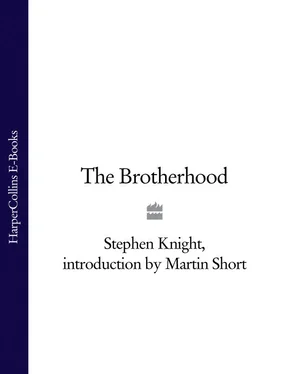

 Copyright
Copyright

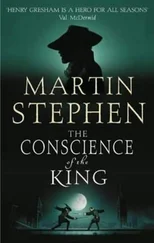
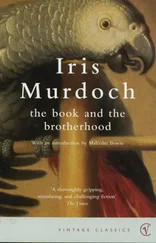
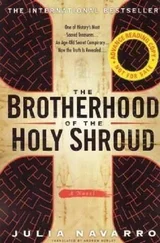
![Джеффри Арчер - The Short, the Long and the Tall [С иллюстрациями]](/books/388600/dzheffri-archer-the-short-the-long-and-the-tall-s-thumb.webp)


